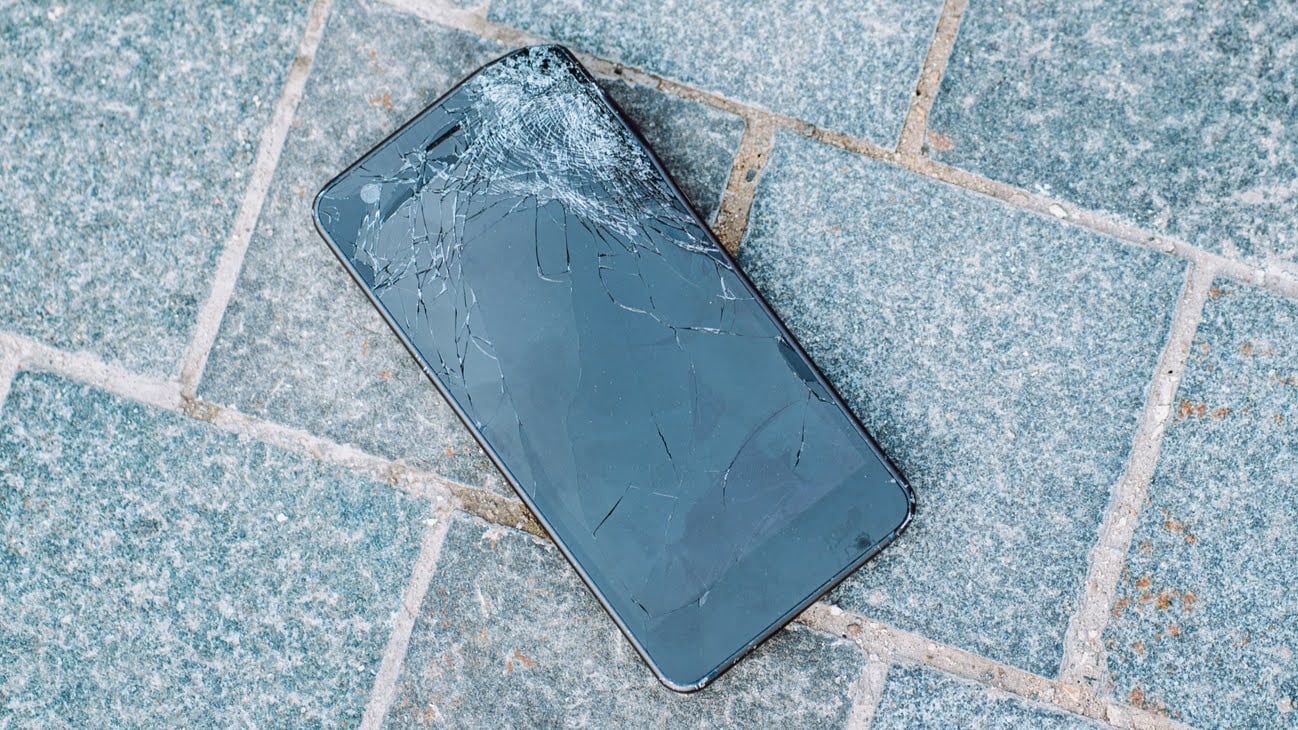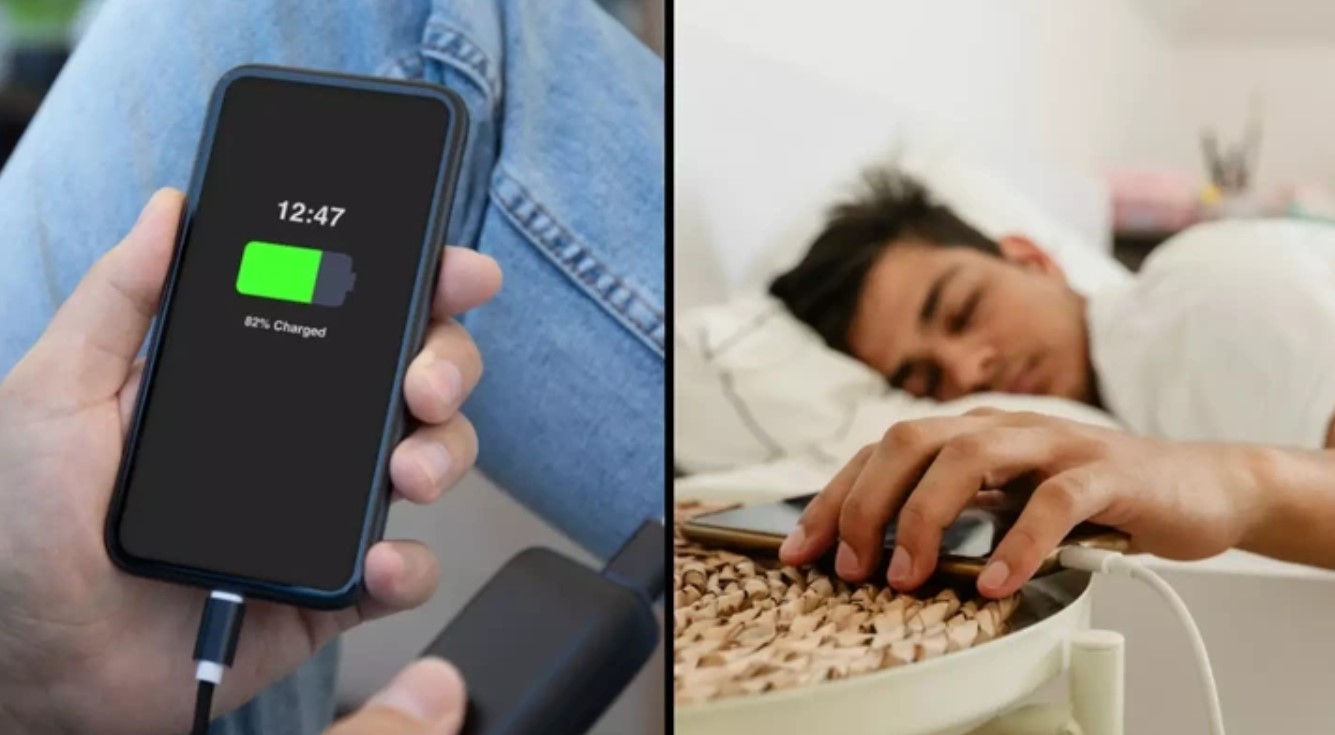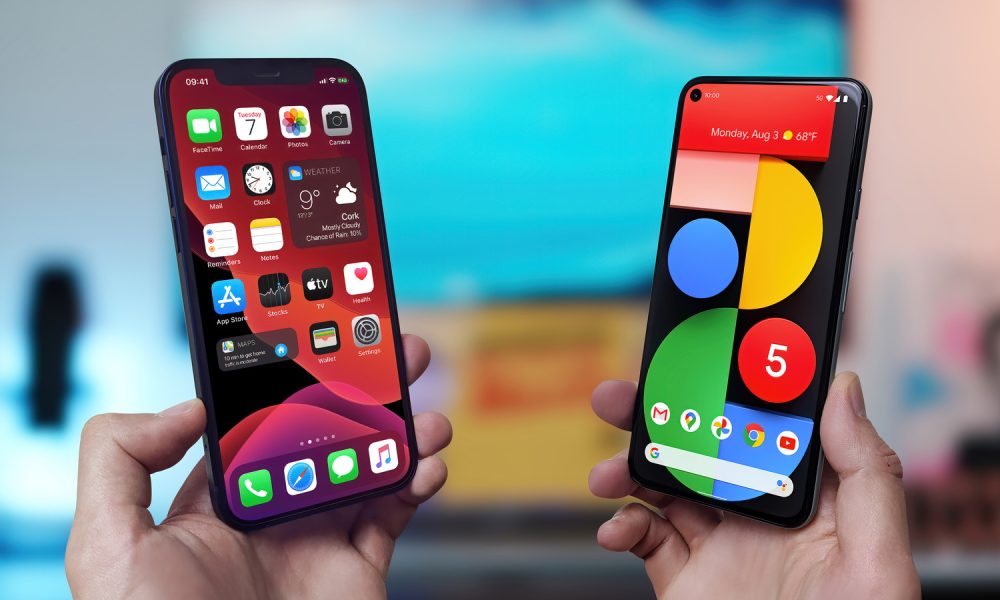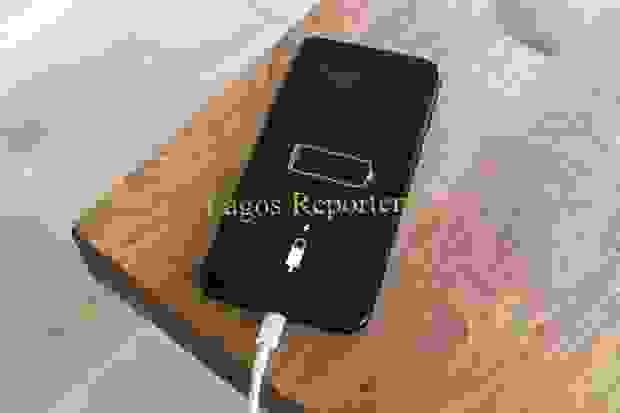In today’s world, smartphones have become an essential part of our daily lives. We rely on these devices for communication, entertainment, work, and much more. However, despite their advanced technology and durability, smartphones are still vulnerable to damage caused by everyday mistakes and misuse. These common mistakes can lead to costly repairs, data loss, or even the need for a complete replacement. In this article, we’ll explore some of the most common mistakes that can damage your smartphone and provide tips on how to avoid them.
1. Dropping Your Smartphone
One of the most obvious and common mistakes that can damage your smartphone is dropping it. Even a short drop from a small height can cause severe damage, such as cracked screens, dented frames, or internal component failures. While modern smartphones are designed to withstand some level of impact, they are not indestructible.
To avoid dropping your smartphone, it’s important to handle it with care and use protective cases or covers. Additionally, be mindful of where you place your phone and avoid using it in precarious situations where it could easily fall.
![Samsung Galaxy A12 A125F - Smartphone [Defekt], € 15,- (4694 Ohlsdorf) - willhaben](https://cache.willhaben.at/mmo/6/127/484/8556_-1585314156.jpg)
2. Exposing Your Smartphone to Liquids
Another common mistake that can damage your smartphone is exposing it to liquids, such as water, coffee, or other beverages. Even a small amount of liquid can seep into the device and cause short circuits, corrosion, or other internal damage.
To prevent liquid damage, be cautious when using your smartphone near liquids and avoid taking it into areas where it could get wet, such as the bathroom or pool. If your smartphone does get wet, immediately remove the battery (if possible) and dry it off with a clean, dry cloth. You may also want to consider investing in a waterproof case or pouch for added protection.
3. Overcharging or Using Incompatible Chargers
Overcharging your smartphone or using incompatible chargers can also lead to damage. Leaving your phone plugged in for extended periods after it has reached a full charge can cause battery degradation and shorten its lifespan. Additionally, using cheap or counterfeit chargers can damage your device’s internal components and potentially cause overheating or fire hazards.
To avoid these issues, only use the charger that came with your smartphone or a compatible charger from a reputable manufacturer. Additionally, unplug your phone once it’s fully charged and avoid leaving it plugged in overnight or for prolonged periods.
4. Exposing Your Smartphone to Extreme Temperatures
Both extreme heat and cold temperatures can be detrimental to your smartphone’s internal components and battery life. High temperatures can cause overheating, which can lead to permanent damage or even battery explosions in severe cases. On the other hand, cold temperatures can cause condensation and moisture buildup inside the device, potentially leading to short circuits or corrosion.
To protect your smartphone from temperature extremes, avoid leaving it in direct sunlight, near heat sources (such as radiators or ovens), or in freezing conditions for extended periods. Additionally, consider using protective cases or pouches to insulate your device from temperature fluctuations.
5. Using Unauthorized or Pirated Apps
Downloading and installing unauthorized or pirated apps can introduce malware, viruses, or other malicious software to your smartphone. These malicious programs can not only compromise your personal data and privacy but also cause performance issues, battery drainage, and potentially damage your device’s hardware or software.
To avoid these risks, only download apps from trusted sources, such as official app stores like the Google Play Store or Apple App Store. Additionally, be cautious of apps that request excessive permissions or seem suspicious, and always read reviews and check the developer’s reputation before installing any new app.
6. Ignoring Software Updates
Software updates are not just about adding new features or improvements – they often include important security patches and bug fixes that can address vulnerabilities and prevent potential damage to your device. Ignoring these updates can leave your smartphone vulnerable to security threats, performance issues, and compatibility problems. READ FULL STORY HERE>>>CLICK HERE TO CONTINUE READING>>>
To keep your smartphone in top condition, make sure to install software updates promptly when they become available. Most modern smartphones will notify you when an update is ready, but you can also check for updates manually in your device’s settings.

7. Using Damaged or Unofficial Accessories
Using damaged or unofficial accessories, such as chargers, cables, or headphones, can also cause harm to your smartphone. These accessories may not meet the necessary safety standards or be compatible with your device, potentially leading to electrical damage, short circuits, or even fire hazards.
To avoid these risks, always use official or high-quality accessories that are specifically designed for your smartphone model. Additionally, inspect your accessories regularly for any signs of damage or wear and replace them if necessary.
8. Overloading Your Smartphone’s Storage
While modern smartphones come with ample storage capacity, overloading your device with too many apps, photos, videos, and other files can slow down its performance and potentially cause damage. When your smartphone’s storage is nearly full, it can struggle to manage memory and resources effectively, leading to crashes, freezes, or even data corruption.
To prevent these issues, regularly review and delete unnecessary files, apps, or media from your smartphone. Additionally, consider using cloud storage services or external storage devices to offload some of your data and free up space on your device.
9. Using Your Smartphone While Charging
Using your smartphone while it’s charging, especially for resource-intensive tasks like gaming or video streaming, can generate excessive heat and put additional strain on the battery and internal components. This can lead to battery degradation, overheating, and potentially permanent damage to your device.
To avoid this mistake, try to limit your smartphone’s usage while it’s charging, especially for demanding tasks. If you must use your device while charging, consider removing the case or cover to allow for better heat dissipation.
10. Ignoring Warning Signs of Damage
Finally, one of the most common mistakes that can lead to further damage is ignoring the warning signs that your smartphone may already be experiencing issues. These signs can include unusual noises, strange smells, overheating, battery draining rapidly, or other performance issues.
If you notice any of these warning signs, it’s important to take action immediately. Stop using your device and have it inspected by a professional technician to prevent further damage and potential safety hazards.
By avoiding these common mistakes and following best practices for smartphone care and maintenance, you can help extend the lifespan of your device and prevent costly repairs or replacements. Remember, your smartphone is an investment, and taking proper care of it can save you time, money, and frustration in the long run.
If you ever find yourself in a situation where your smartphone has been damaged, don’t hesitate to seek professional repair services. Attempting to fix the device yourself or using unauthorized repair shops can often lead to further damage or void your warranty. Always prioritize the safety and longevity of your device by seeking qualified assistance when needed.

 SPORTS3 months ago
SPORTS3 months ago
 IN-THE-NEWS4 months ago
IN-THE-NEWS4 months ago
 SPORTS3 months ago
SPORTS3 months ago
 HEALTH & LIFESTYLE3 months ago
HEALTH & LIFESTYLE3 months ago
 METRO4 months ago
METRO4 months ago
 IN-THE-NEWS3 months ago
IN-THE-NEWS3 months ago
 METRO3 months ago
METRO3 months ago
 SPORTS4 months ago
SPORTS4 months ago

![Samsung Galaxy A12 A125F - Smartphone [Defekt], € 15,- (4694 Ohlsdorf) - willhaben](https://cache.willhaben.at/mmo/6/127/484/8556_-1585314156.jpg)



